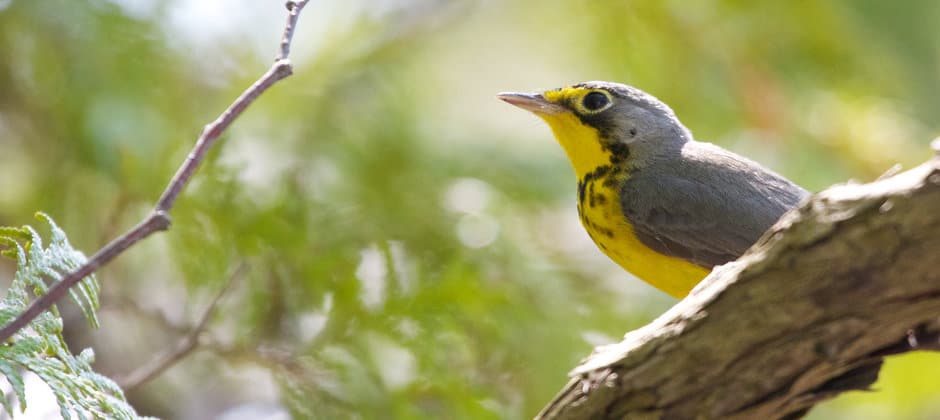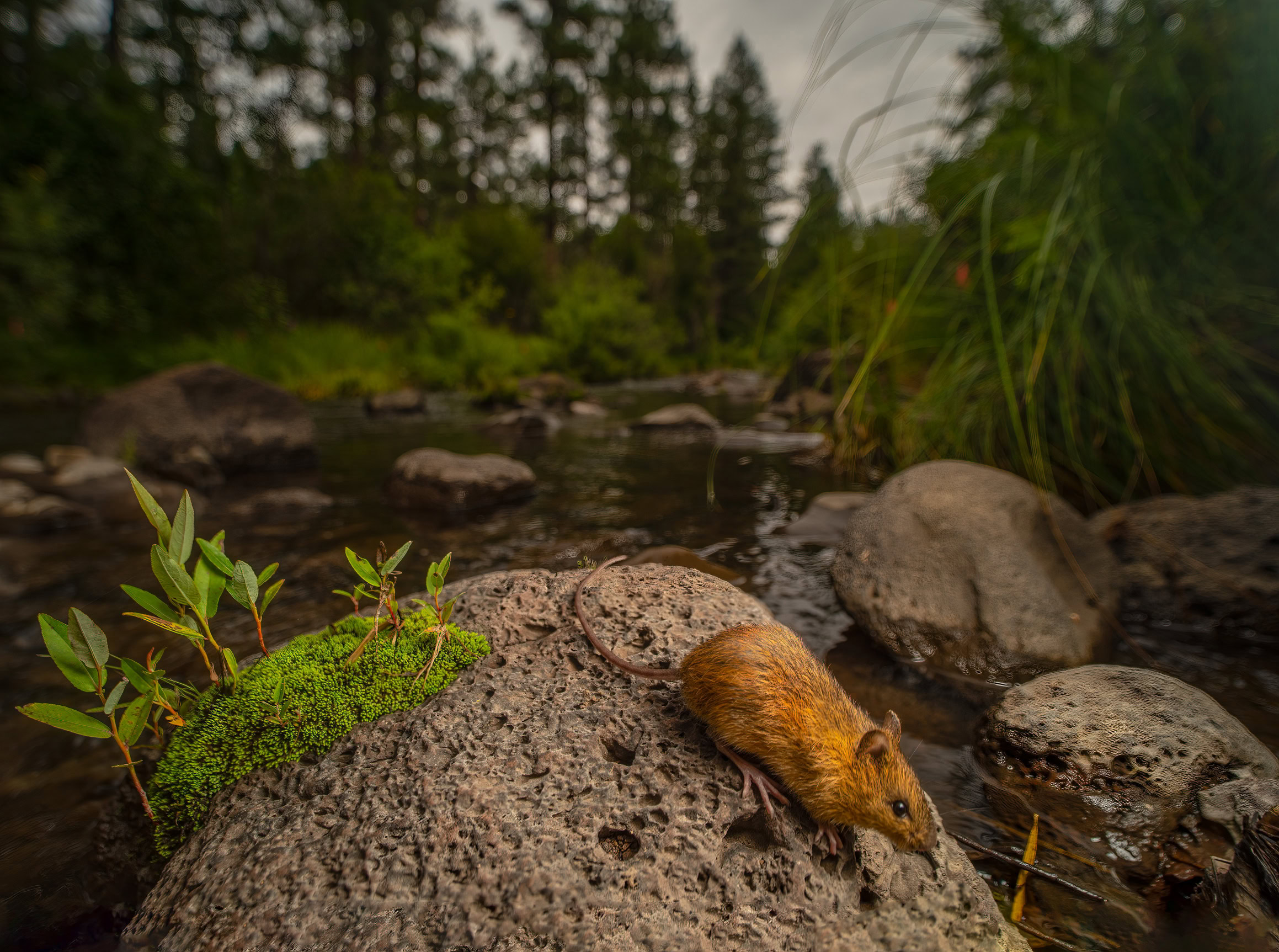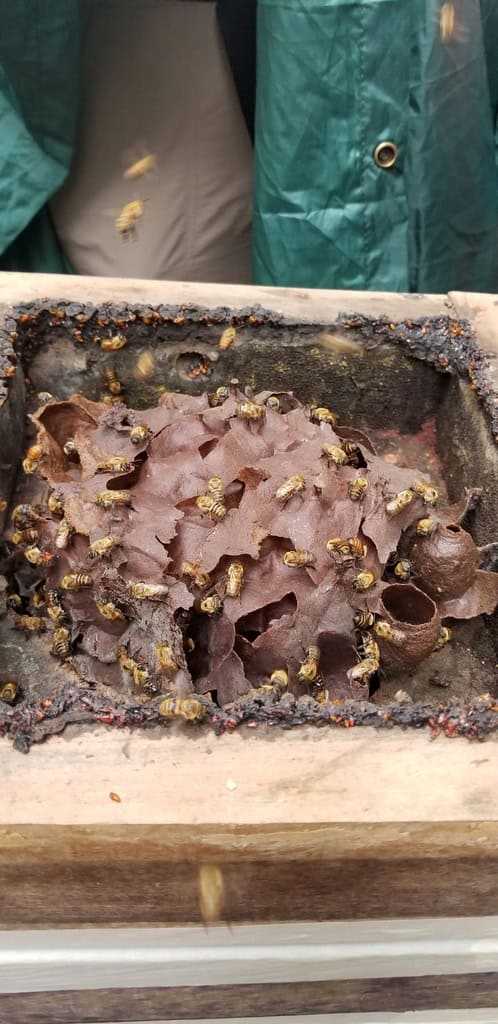Share this article
Same species, different habitats
Even if songbirds are the same species, those found in certain regions of the boreal forests of Canada may select habitat differently than those in other regions, researchers found.
“There’s been anecdotal evidence for a long time of different habitat associations for the same species in different regions of the boreal forest,” said Andrew Crosby, a quantitative ecologist on the Boreal Avian Modeling Project at the University of Alberta and lead author on the recent study published in Diversity and Distributions.
In the study, Crosby and his colleagues looked at a dataset including a compilation of different point count studies of birds from across the forest over a number of years. “The data had to fit certain parameters in the way it was collected in order to be usable,” Crosby said.
They specifically looked at six songbird species — the Blackburnian warbler (Setophaga fusca), the black-throated green warbler (Setophaga virens), the brown creeper (Certhia americana), the Canada warbler (Cardellina canadensis), the Cape May warbler (Setophaga tigrina) and the Connecticut warbler (Oporornis agilis).
“Some species were of more conservation concern than others,” Crosby said, like the Canada warbler, a species at risk in Canada that relies on mature forests for nesting.
Crosby and his colleagues looked at habitat selection in three different regions: central Quebec, western Ontario and northern Alberta. They modeled habitat selection of the six species in each region and tested how well the model developed for one region may predict habitat selection for that species in another region.
“In general, they didn’t predict very well in another region,” he said. The birds didn’t necessarily use the same habitats in different parts of the boreal forest, which the researchers refer to as differential habitat selection. They also found that using single habitat models could lead to incorrect estimates of population size and estimates.
Crosby thinks the kinds of habitat available in the different regions drives these variations in habitat selection. Even if tree species are the same in an area, they may be taller or shorter, or human disturbances in certain areas may change the landscape.
“One of the big thing we found is that this has a big effect on estimates of population size and distribution,” Crosby said. If you’re running a model that assumes habitat selection is constant over the three different regions, you won’t get accurate estimates of species density compared with models that take into account differences among regions, he said.
The study also shows that managers can’t assume the management prescriptions in one area will have the same effect in a different area, he said.
Crosby plans to look into explaining the differential habitat selection better so that they can later predict what may happen under different management or climate change scenarios as the landscape and climate changes. “We need to explain why it’s changing in order to predict it,” he said.
Header Image: Songbirds like this Canada warbler may choose different habitat depending on the area of the boreal forest they are in. ©Matt MacGillivray








